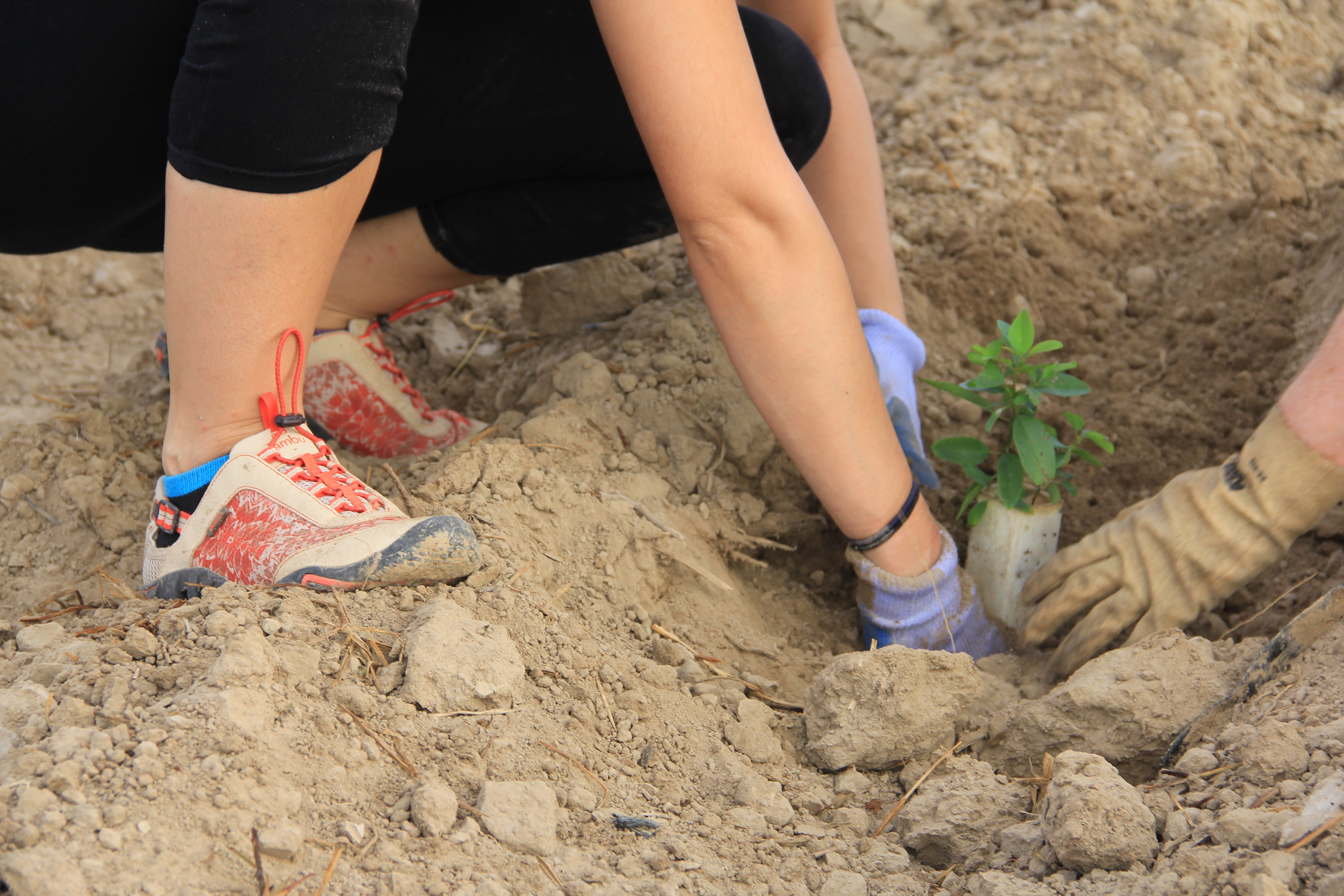If you follow American Forests pretty regularly, our project highlight for 1997 will not be a huge surprise. In 1997, we began our long-standing relationship working in Texas in the Lower Rio Grande Valley (LRGV). Though this project is not our oldest, it is American Forests’ longest running project that has been consistent since it began 18 years ago. American Forests has helped plant more than two million trees, restoring more than 4,000 acres. This project has sustained due to a close partnership with the Friends of the Wildlife Refuge and the National Fish and Wildlife Service’s staff at both the LRGV National Wildlife Refuge and the Santa Anna National Wildlife Refuge.
We have been working on restoring the talmulipan brushland throughout the southern border of Texas. Once a flourishing ecosystem that served as a corridor for many wildlife species, these forests were severely fragmented. Approximately 95 percent of the native forested and wetland habitats were removed for agricultural use. As you may know, forest fragmentation takes a huge toll on the wildlife that depend on these forested ecosystems, and the LRGV is no different. Actually, the diversity of wildlife within the LRGV is quite staggering. Though we often focus on the endangered ocelot, there are more than 300 species of butterflies and 700 species of vertebrates — including at least 500 bird species — in these refuges. This is not even taking into account the 1,200 species of native plants that can be found in these ecosystem. I was lucky enough to visit the LRGV last March, and I saw more bird species in my two days there than I have in the last decade. It was incredible, and I hope to go back soon. To learn a little bit more about this project — and to see some of these animals — watch this video.
Because American Forests’ partnerships are essential to our success, we wanted to highlight another amazing partnership with the Applegate Partnership & Watershed Council (APWC) that began in 1997 and that existed on-and-off for at least 15 years, planting hundreds of thousands of trees in riparian areas of the Applegate River in Oregon. As we are now in the shadow of planting our 50 millionth tree, it is amazing to think that American Forests’ five millionth tree was planted in this project’s inaugural planting in 1997.
These lands, owned by the Bureau of Land Management and Applegate River Watershed Council, had been degraded over time due to grazing, logging and residential development, but suffered from substantial flooding in January 1997. The project aimed to involve community volunteers to restore the riparian buffers to provide shade, reduced erosion and sedimentation and improve the water quality and fish habitat. These watersheds are home to a variety of aquatic species, including the threatened coho salmon. Though we and APWC had been working on restoring the riparian areas of the watershed for more than a decade, a 2012 U.S. Fish and Wildlife Service survey exposed that portions were an unsuitable habitat for summer and winter rearing and spawning. Always more work to do! In addition, 55 percent of the Thompson Creek watershed has been identified as habitat for the threatened northern spotted owl. This species — and its listing on the Endangered Species Act in 1990 — led to a great amount on controversy and restoration work in the Northwest forests for years, but that’s a whole other story.
